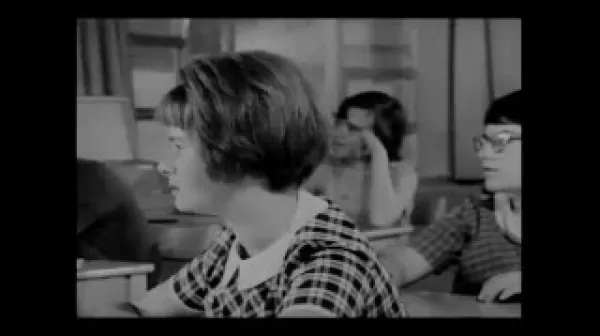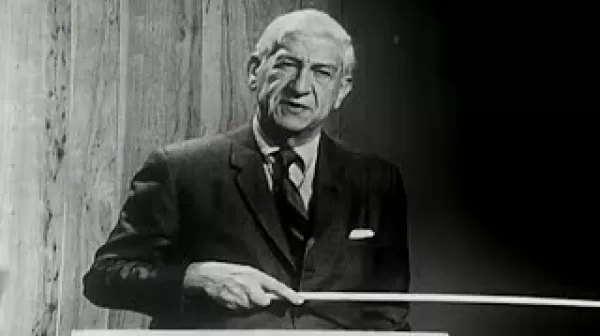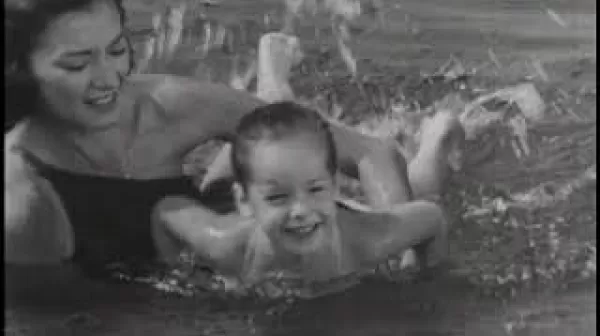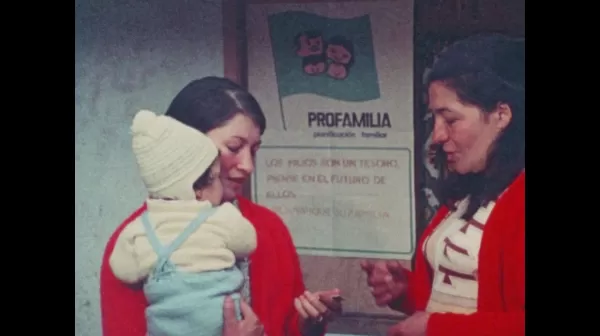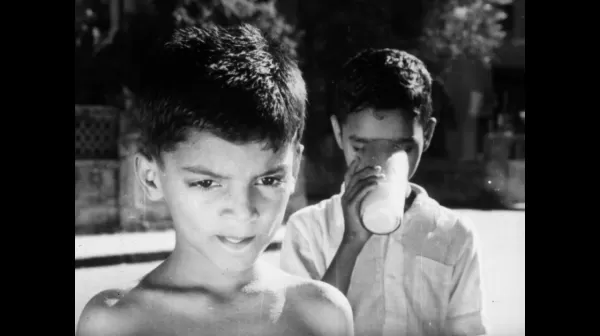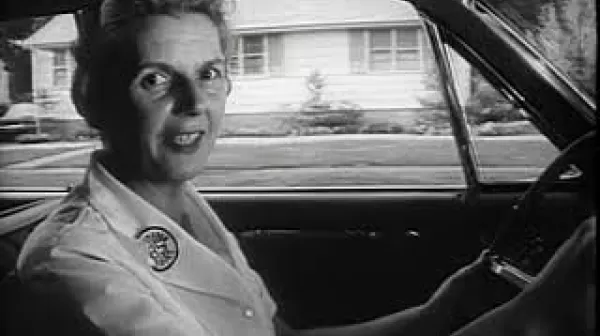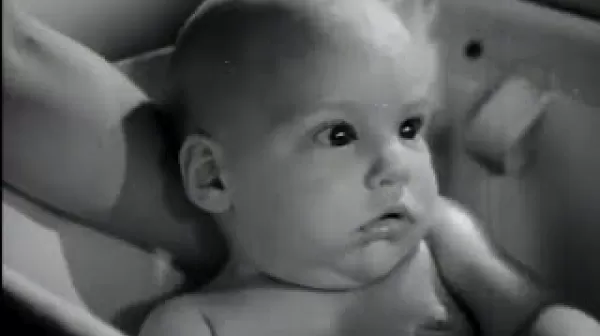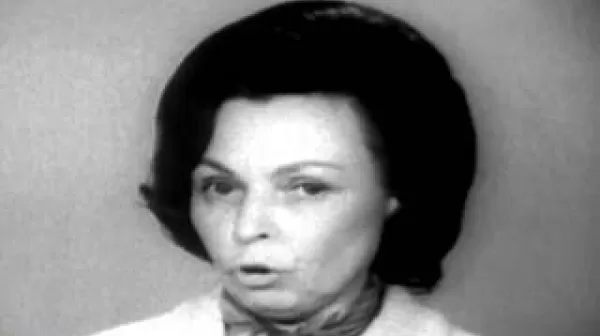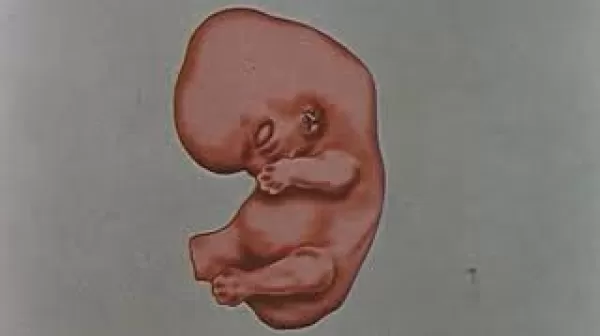A Way out of the Wilderness (U.S. Rehabilitation Services Admin., 1968)
This program describes and illustrates steps being taken by the Plymouth State Home and Training School, Northville, Michigan, to bring mentally retarded children out of the wilderness into the mainstream of life. The wilderness is considered the rather bleak institutions in which society has attempted to isolate these children. At the Plymouth State Home and Training School, the children are encouraged to become involved in meaningful goals, not just in passing the time. Their daily activities are carefully structured but not regimented.

